Land use planning and plans are one of the important tools of authorities at all levels in effective land management and exploitation. The full and reasonable allocation of land funds has met the development requirements of sectors and localities according to the Thai Binh Provincial Planning for the period 2021 - 2030, with a vision to 2050.
According to the Provincial Planning, the industrial park land area by 2030 will be 5,859 hectares, an increase of 4,950 hectares compared to 2020.
Make it easy for people
Mr. Nguyen Van Nho, Deputy Director of the Department of Natural Resources and Environment, said: In recent years, land management according to land use planning and plans (LWP) in the province has become more and more practical, contributing positively to the rational and effective use of land funds. The preparation of LWP complies with the principles, bases, procedures, and contents prescribed by the law on land. Land allocation, land lease, and permission to change land use purposes closely follow and comply with the LWP; minimizing violations of planning and LWP in land allocation, land lease, and change of land use purposes in localities. Through planning, the LWP promotes democracy and transparency, reducing many negative aspects in land management. The implementation of LWP has effectively exploited land potential to serve the goals of socio -economic development, national defense and security. In 2023, the Department of Natural Resources and Environment completed and submitted to the Provincial People's Committee for approval the 2023 Land Use Plan of 8/8 districts and cities; guided the District and City People's Committees to organize the preparation and submission for appraisal of the 2024 land use plan. Presided over and coordinated with departments, branches, and District and City People's Committees to review land use indicators in the Provincial Planning for the period 2021 - 2030, with a vision to 2050.
According to Mr. Nguyen Van Phat, Vice Chairman of Quynh Phu District People's Committee: The planning and land use planning work has been organized and implemented seriously, strictly, in accordance with regulations and achieved many positive results. The land use structure has been transformed in accordance with the economic restructuring process, promoting the transformation of land use structure in agriculture and rural areas in accordance with the commodity economy. The planning and land use planning have become the legal basis for land recovery, land allocation, land lease, and permission to change land use purposes. The investment and exploitation of annual programs and projects comply with the approved planning and land use planning. Only projects that are in accordance with the planning are allowed to proceed with the next investment procedures. The planning announcement work has been widely and detailedly carried out by the District People's Committee to residential areas, thereby helping people grasp information about planning and land use planning.
According to Mr. Nguyen Van Dinh, Quang Trung ward, Thai Binh city, the planning and land use planning in the city has created favorable conditions for people to fully access information about land.

Many agricultural land areas are accumulated into large-scale concentrated specialized farming areas.
In photo: Agricultural land accumulation model in Song Lang commune (Vu Thu).
Rational allocation of land resources
As one of the key provinces in food production in the country, in the Provincial Planning, Thai Binh determined to develop agriculture focusing on cultivation using new technology, new varieties, new growth... on the basis of redistributing land to workers, especially workers who have lost their means of production, in order to stabilize the labor force, improve the qualifications of the agricultural labor force and increase potential output for the agricultural sector.
Agricultural production areas are basically kept intact in the districts, except for urbanized and industrialized areas. Accelerate the land conversion process in fragmented and dispersed land areas by land consolidation, forming larger-scale specialized areas, large-scale model fields with high crop yields, applying new scientific and technological advances suitable for commodity production requirements, suitable for science and technology transfer, and infrastructure investment. Develop production associated with strengthening the processing system and expanding the consumption market. To achieve this goal, the land fund needed to develop agricultural production in the province by 2030 is about 78,000 hectares; by 2050 is 54,000 hectares. Of which: rice land by 2030 is 64,000 hectares; by 2050 is 50,000 hectares. The rice growing area is mainly concentrated in Kien Xuong, Dong Hung, Hung Ha, Thai Thuy, Quynh Phu and Vu Thu districts.
Responding to the province's policy of "rolling out the red carpet" in calling for investment, in recent years, many businesses have come to Thai Binh to learn about and implement investment projects, making an important contribution to promoting socio-economic development. In 2023, Thai Binh made a breakthrough in attracting foreign direct investment (FDI) with nearly 3 billion USD, the highest ever, ranking in the top 5 nationwide in attracting FDI. To welcome the investment wave, the province has had many solutions to strengthen and improve land management capacity.
According to the Provincial Planning, the industrial park land area by 2030 will be 5,859 hectares, an increase of 3,294 hectares compared to the Government's allocation target in Decision No. 326/QD-TTg, dated March 9, 2022 (2,565 hectares), accounting for 8.18% of the total natural area, an increase of 4,950 hectares compared to 2020. The proposed additional area to arrange for 12 industrial parks has been approved by the Prime Minister in Decision No. 1486/QD-TTg, dated October 28, 2019. Industrial cluster land, by 2030, will be 4,198 hectares, building 67 industrial clusters in the province, ensuring land funds to attract investment, promote economic development as well as create more jobs for local people.
According to Mr. Nguyen Van Nho, Deputy Director of the Department of Natural Resources and Environment: The implementation of land use planning has contributed an important source of revenue to the state budget through auctions, land allocation, land lease, and land use purpose conversion. Unused land areas have been gradually exploited and put into reasonable use, meeting the land use needs for socio-economic development and the requirements of ecological balance and environmental protection. Therefore, departments, branches, units, and localities need to continue to pay attention to organizing the implementation of approved planning at each level. In particular, focusing on mobilizing resources for implementation; determining boundaries, publicizing areas, regulating resource allocation; expanding land reclamation; proactively reclaiming land according to planning; closely monitoring the implementation of planning.

Construction of the southern axis road of Thai Binh Economic Zone through Kien Xuong district.
Minh Nguyet
Source


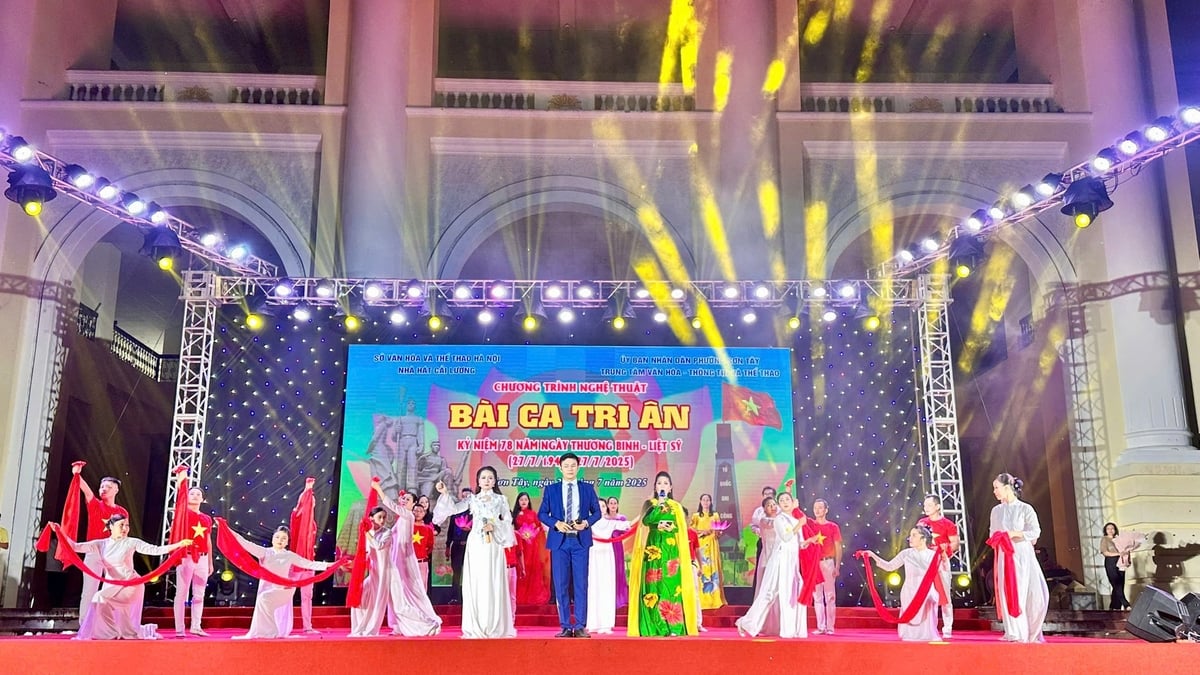

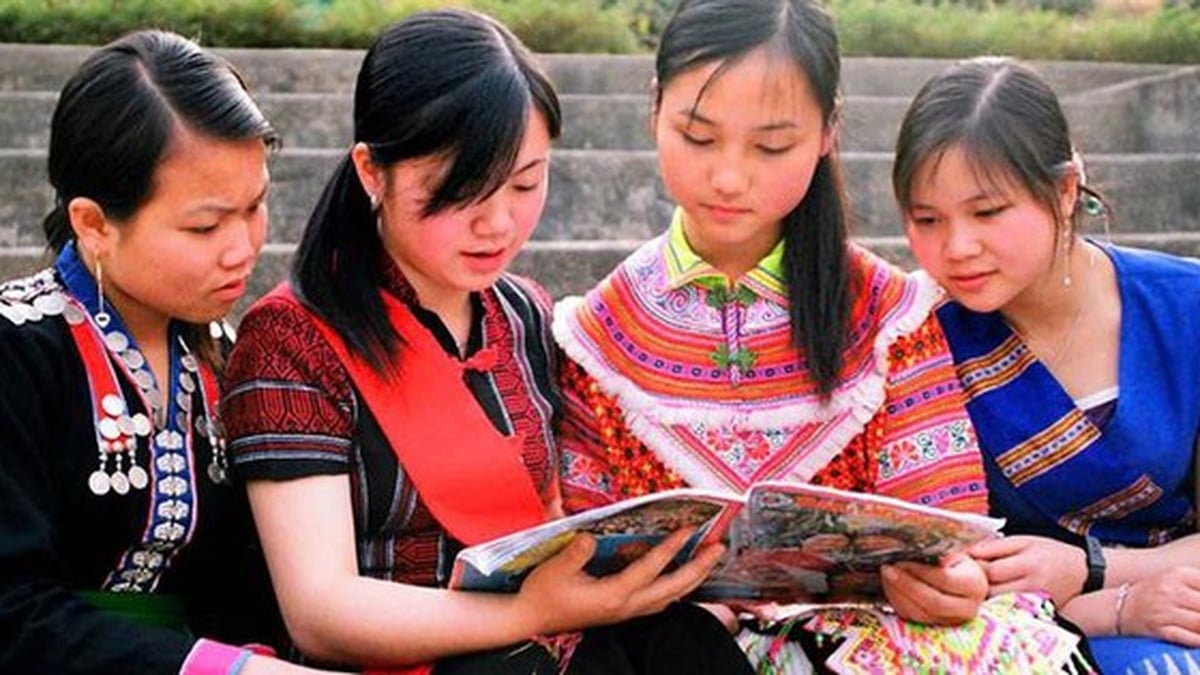

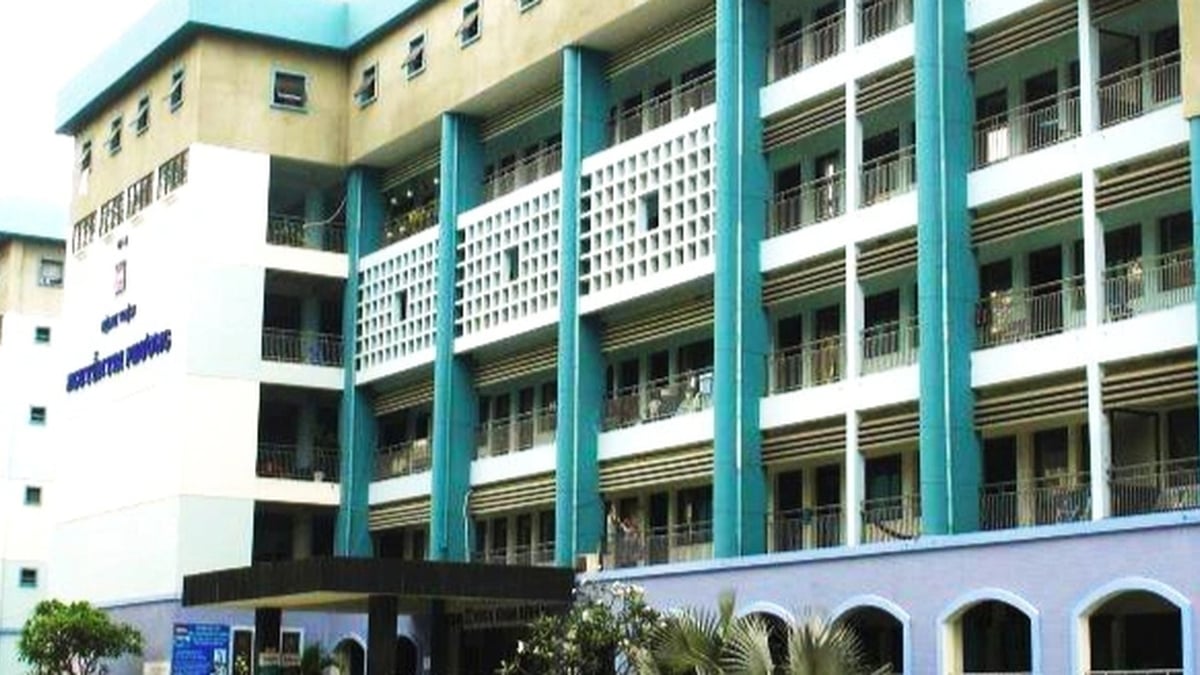


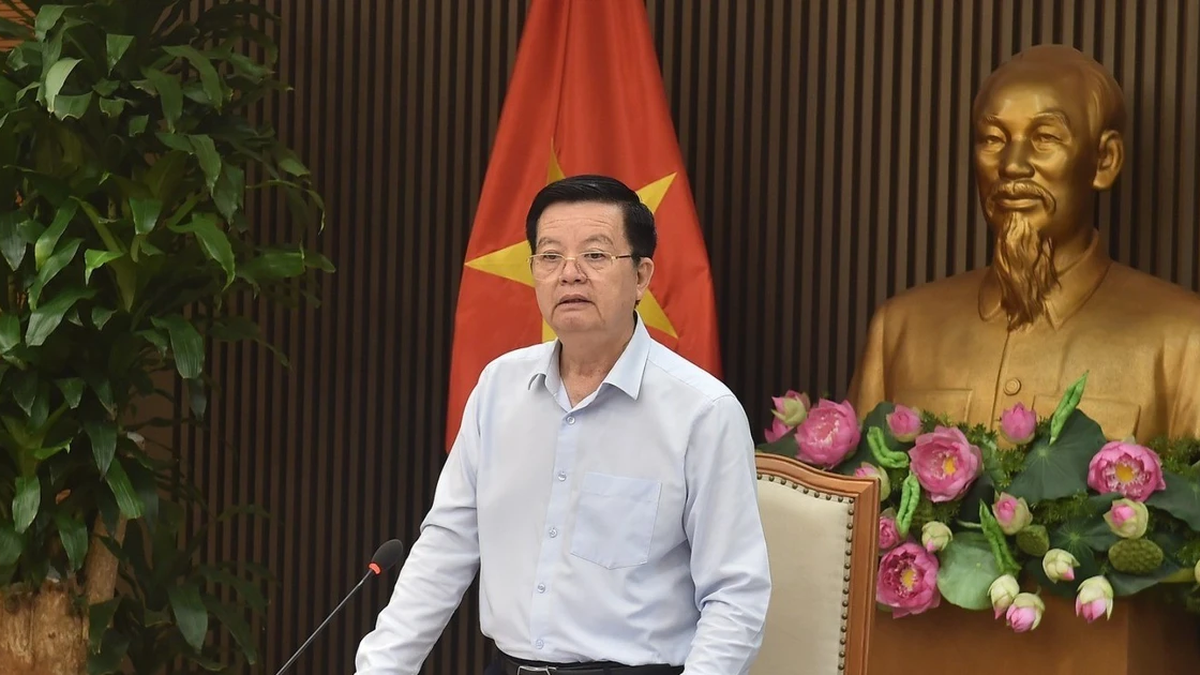















![[Photo] National Assembly Chairman attends the seminar "Building and operating an international financial center and recommendations for Vietnam"](https://vphoto.vietnam.vn/thumb/1200x675/vietnam/resource/IMAGE/2025/7/28/76393436936e457db31ec84433289f72)





































































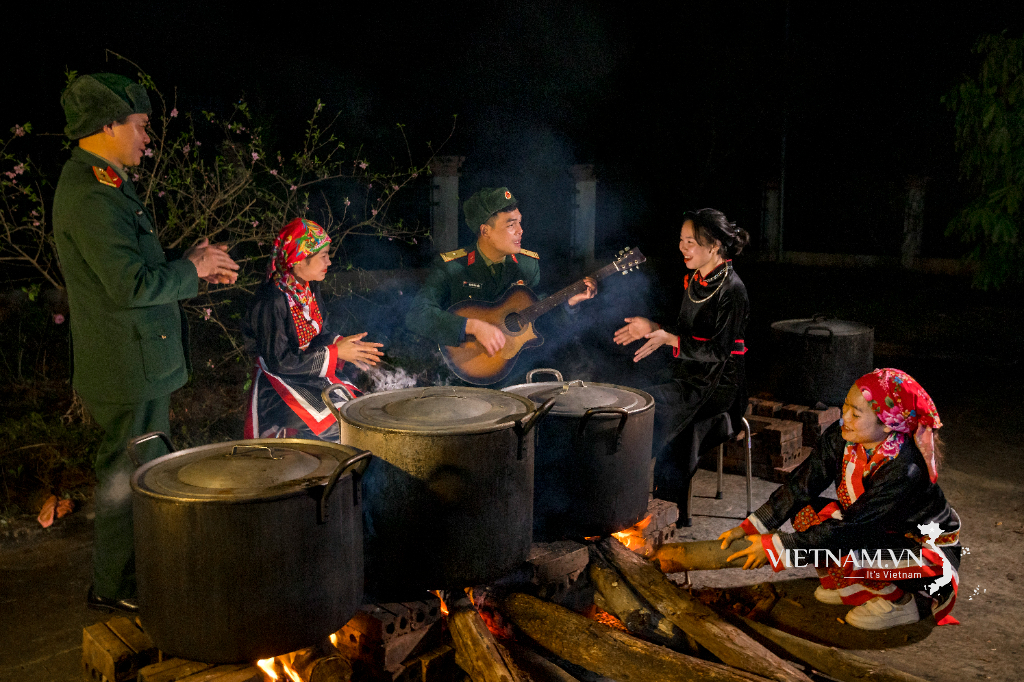


Comment (0)